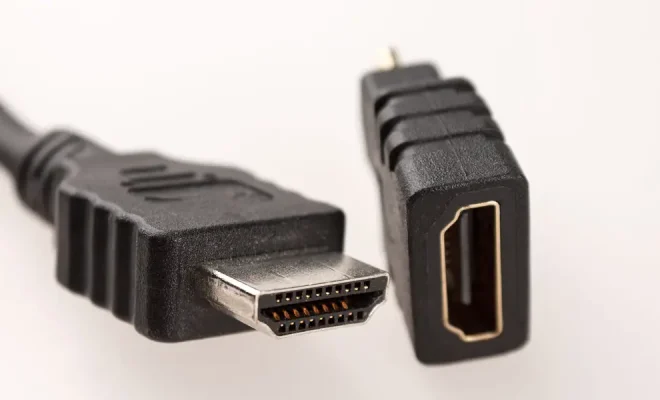What Is the curl Command in Linux and What Can You Do With It?

The curl command in Linux is a powerful tool for transferring data from or to a server. It is a command-line utility that allows you to send and receive data over the Internet using a variety of protocols such as HTTP, HTTPS, FTP, FTPS, SMTP, and others. In this article, we will explore the curl command and its capabilities in Linux.
What is the curl Command?
The curl command is a command-line tool that is used to transfer data to and from a server. It is an acronym for “Client for URLs.” It is a versatile tool that supports multiple protocols and can handle data in various formats. The curl command is integrated with almost all Linux distributions, making it one of the most popular tools for data transfer.
What Can You Do with the curl Command?
The curl command is incredibly versatile and can be used for a variety of tasks. Here are some of the things you can do with it:
1. Download Files
One of the primary uses of the curl command is to download files from a remote server. You can use it to download files from a website, FTP server, or even Amazon S3. To download a file, you simply need to use the -o (output) flag followed by the name you want to give the downloaded file.
For example, the following command downloads a file called “example.zip” from a remote server:
curl -o example.zip https://example.com/example.zip
2. Send Emails
You can also use the curl command to send emails from the command line. With the -s (–silent) flag, you can send emails without any output. You can also use the -u (username) and -p (password) flags to authenticate with the SMTP server.
Here’s an example of how to send an email using the curl command:
curl –url ‘smtps://smtp.gmail.com:465’ –ssl-reqd –mail-from ‘sender@gmail.com’ –mail-rcpt ‘recipient@gmail.com’ –upload-file mail.txt –user ‘sender@gmail.com:’
3. Test Web Services
You can test web services using the curl command by sending GET or POST requests to the web service’s endpoint. Testing web services with the curl command allows you to check whether the web service is working correctly before integrating it with your application.
For example, the following command sends a GET request to a web service’s endpoint:
curl https://example.com/api/users
4. Upload Files
You can use the curl command to upload files to a remote server. You can use the -F flag to upload files using the HTTP POST method or use the -T flag to upload files using the FTP protocol.
Here’s an example of how to upload a file using the curl command:
curl -F ‘file=@/path/to/file.txt’ https://example.com/upload
5. Check HTTP Headers
You can use the curl command to check the HTTP headers of a website. This is useful for checking the server type, caching, and other information related to the website. To view the HTTP headers of a website, use the -I (head) flag.
For example, the following command checks the HTTP headers of a website:
curl -I https://example.com
Conclusion
The curl command is a powerful tool in Linux that is used for data transfer. Its versatility allows you to perform a variety of tasks, including downloading files, sending emails, testing web services, uploading files, and checking HTTP headers. Its integration with almost all Linux distributions makes it one of the most popular tools for data transfer. So, if you are a Linux user, the curl command is a tool you should definitely learn how to use.






